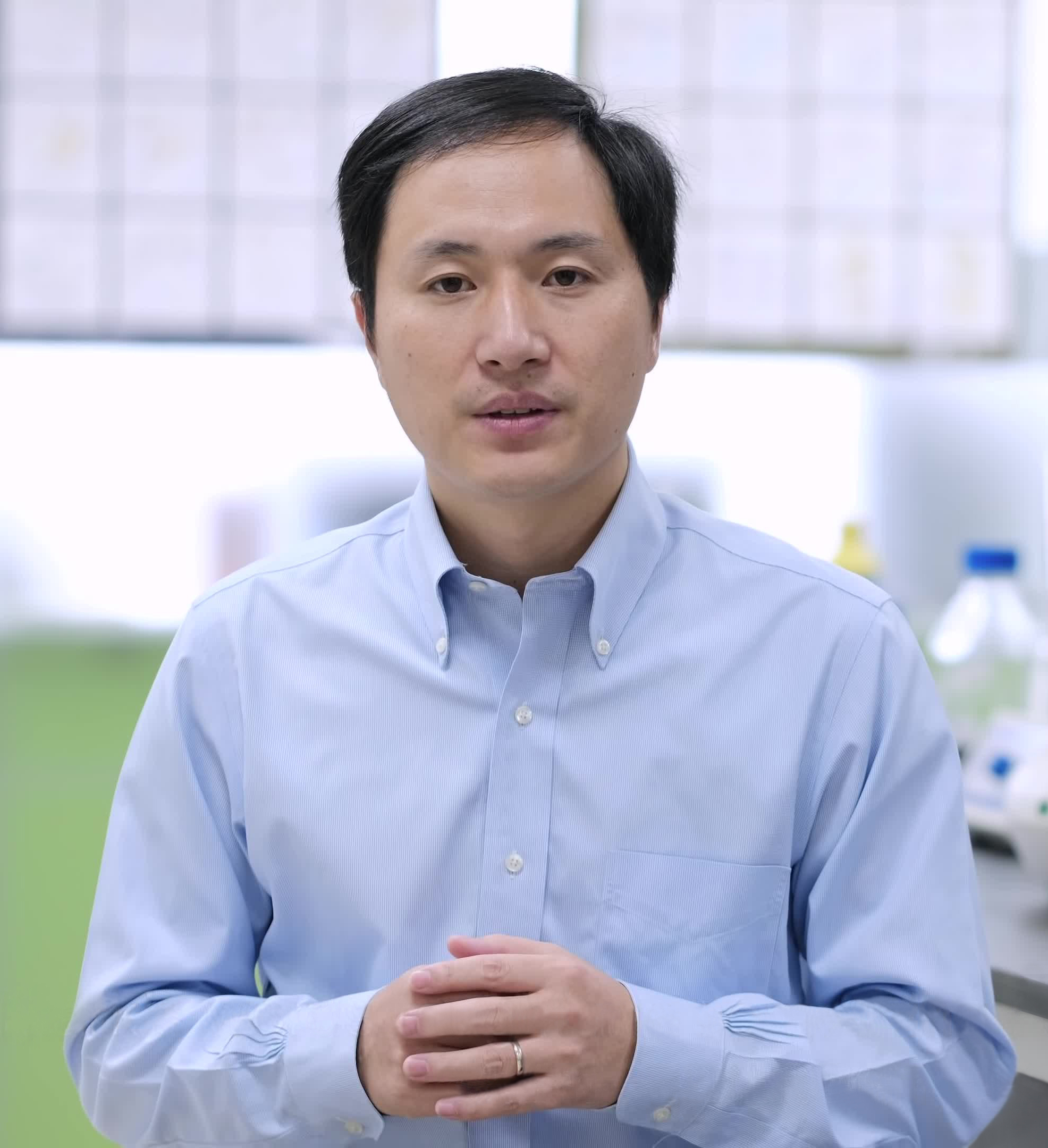Human Germline Editing Needs One Message
By Nature Editorial Board,
Nature
| 11. 20. 2019
A year ago this week, geneticist He Jiankui made the shocking announcement of the birth of twin girls in China whose genomes had been edited to prevent HIV infection. Undeterred by the global opprobrium heaped on He, Russia’s Denis Rebrikov told Nature last month about more experiments involving gene editing of human eggs, to help deaf couples give birth to children who would lack the genetic mutation carried by their parents that impairs hearing.
At the same time, every month seems to bring another gene-editing advance. The latest tool, a precision ‘search and replace’ technique called prime editing, was described in Nature last month by David Liu at the Broad Institute of MIT and Harvard in Cambridge, Massachusetts, and his colleagues (A. V. Anzalone et al. Nature http://doi.org/dczp; 2019). Randall Platt at the Swiss Federal Institute of Technology (ETH) in Basel called it a “giant leap” towards the goal of making specific changes to the blueprint of life.
The speed of technological advance, coupled with some scientists’ determination to press ahead with editing human germline cells — eggs, sperm and...
Related Articles
By Aisha Down, The Guardian | 11.10.2025
It has been an excellent year for neurotech, if you ignore the people funding it. In August, a tiny brain implant successfully decoded the inner speech of paralysis patients. In October, an eye implant restored sight to patients who had...
By Jessica Hamzelou, MIT Technology Review | 11.07.2025
This week, we heard that Tom Brady had his dog cloned. The former quarterback revealed that his Junie is actually a clone of Lua, a pit bull mix that died in 2023.
Brady’s announcement follows those of celebrities like Paris...
By Heidi Ledford, Nature | 10.31.2025
Late last year, dozens of researchers spanning thousands of miles banded together in a race to save one baby boy’s life. The result was a world first: a cutting-edge gene-editing therapy fashioned for a single person, and produced in...
By Lauran Neergaard, AP News | 11.03.2025
WASHINGTON (AP) — The first clinical trial is getting underway to see if transplanting pig kidneys into people might really save lives.
United Therapeutics, a producer of gene-edited pig kidneys, announced Monday that the study’s initial transplant was performed successfully...




